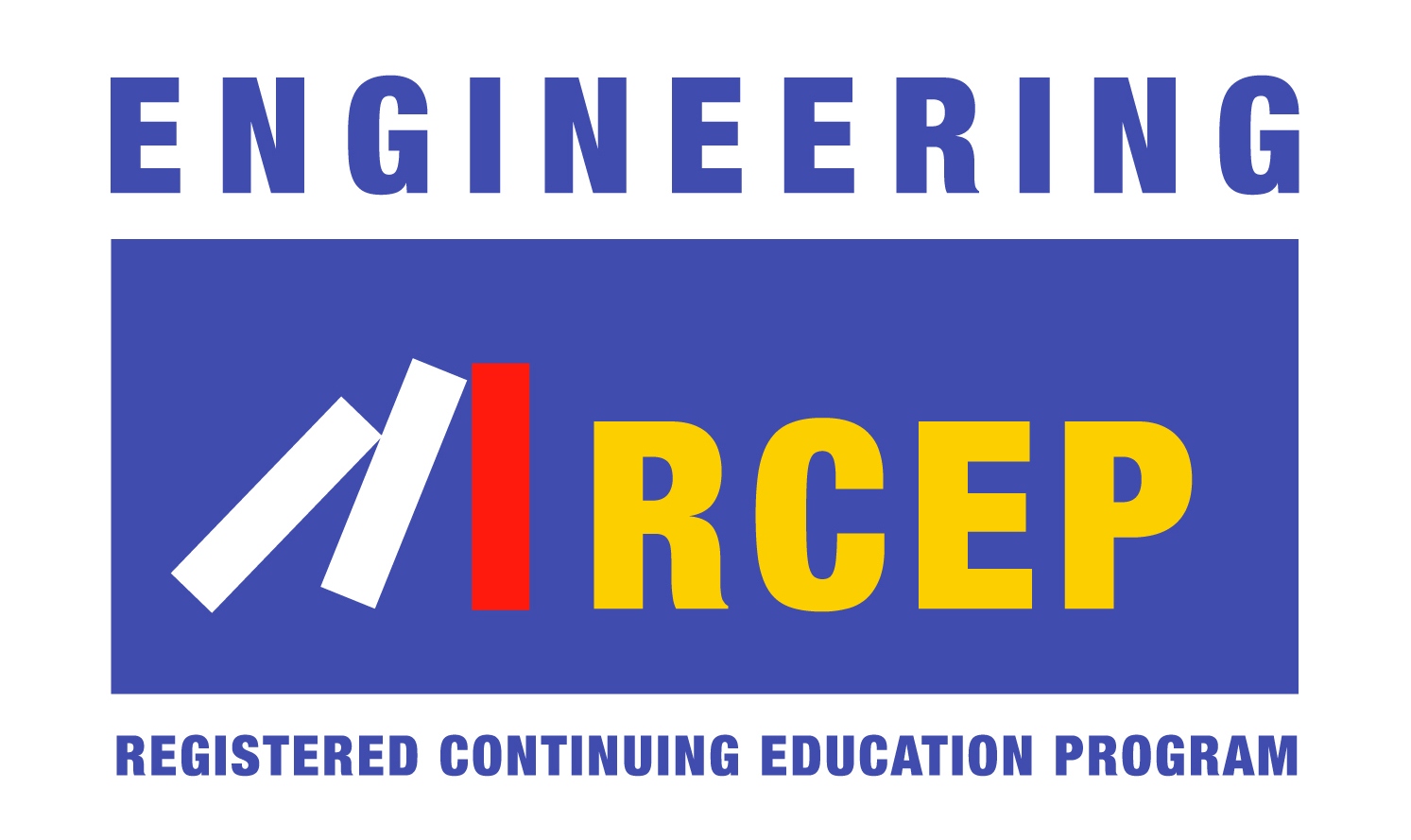Best Practices for Legionella Mitigation – Part Two
Learning Objectives:
- Identify causes of Legionella and common sources of outbreaks.
- Explore the relationship between the coronavirus and Legionella.
- Discuss the increased risk Legionella and other waterborne HAIs present to healthcare systems.
- Recognize how water management programs can help mitigate Legionella outbreaks during construction and commissioning buildings.
Credits:
As an IACET Accredited Provider, BNP Media offers IACET CEUs for its learning events that comply with the ANSI/IACET Continuing Education and Training Standard.
This course may qualify for continuing education through the FBPE.
This course may qualify for continuing education through the NYSED. For further information, please visit the NYSED website at http://www.op.nysed.gov/prof/pels/peceques.htm.
Purpose statement:
The purpose of this course is explore Legionella: the causes, common sources, the relationship to coronavirus, the risk to healthcare systems, and identify how water management programs can help mitigate outbreaks.Below are a set of links to articles. Click on each link below to read the articles and then complete the quiz to earn your credit and certificate of completion.
The purpose of this course is explore Legionella: the causes, common sources, the relationship to coronavirus, the risk to healthcare systems, and identify how water management programs can help mitigate outbreaks.
The facts about Legionella, and why we should care
There are over 60 different species of bacterium, of which 25 are known to be implicated in human disease. There is one king of the species, Legionella pneumophila, which is responsible for approximately 90% of all infections. The remaining non-pneumophila species (found in water and soil) are considered non-pathogenic until shown to cause disease. Of the reported cases to the Centers for Disease Control and Prevention (CDC), less than 5% are attributed to non-pathogenic species.
James Dipping
Legionella and COVID-19
Stagnation is now looming large due to the COVID-19 shutdown of non-essential businesses and schools. When we do finally get through this pandemic, it would be tragic if there follows an upsurge in Legionnaire’s disease due to rampant bacterial blooms in all those stagnant potable water systems. Those who fail to adequately flush their potable hot and cold systems will be putting their building occupants at risk.
Dave Yates
Water in health care facilities
Since 2000, the United States has seen a 450% increase in cases of Legionella, the water-borne bacteria that causes Legionnaire’s disease, a serious form of pneumonia. Hospitals are susceptible to being Legionella breeding grounds due to aging facilities and inferior or improperly maintained water systems that provide the water for showers, faucets, ice machines, decorative fountains, cooling towers and more.
Christoph Lohr
Plumbing engineering for 2022: A call for water intelligence in the age of smart buildings
The commercial building community is giving its full attention to improving indoor air quality as we attempt to make our way out of the COVID-19 pandemic. While it’s true that germs and pathogens can be carried through the air, we’re forgetting how easy it is to pick them up through the water we drink, wash our hands with and cook our food in. According to the Centers for Disease Control and Prevention (CDC), 7.2 million Americans get sick every year from diseases that spread through water. Cases of Legionnaires’ disease, the most common waterborne illness in the United States, have grown by nearly 900% since 2000.
James Dipping
5 tips for reducing Legionella risk
There has been a lot of discussion and new guidance documentation about Legionella in building water systems and the implementation of water management programs (WMP) for ongoing operations. This has led to discussions about plumbing engineering best practices to allow the building water distribution system (BWDS) to operate efficiently and safely when the building is occupied. However, even if the building is engineered to reduce the likelihood of waterborne pathogen growth and spread, the construction and commissioning phases of a project can completely derail even the best intentions of plumbing design professionals. The distinct phases of constructing and commissioning the BWDS can result in emerging disease cases or deaths immediately upon opening the facility. Who wants to celebrate a new building opening surrounded by a community outbreak of disease cases and deaths? It is certainly not something your clients, firm or professional liability insurance company would welcome.
James Dipping and Molly Scanlon
The ins and outs of water pathogens, including Legionella
ASHRAE has its hands full trying to develop the new Standard 514 on pathogens in building water systems. The agreement with NSF requires ASHRAE to have a draft submitted for public review within three years. That means ASHRAE has to follow a very aggressive schedule. Those of us who have been involved with ASHRAE know its schedule is never rushed when it comes to standard development. However, this time, ASHRAE has no choice. Fortunately for ASHRAE, it already has a lot of expertise on the SSPC 188, the committee responsible for ASHRAE 188.
Julius Ballanco P.E., CPD

Photo courtesy of adventtr/iStock/Getty Images Plus via Getty Images










